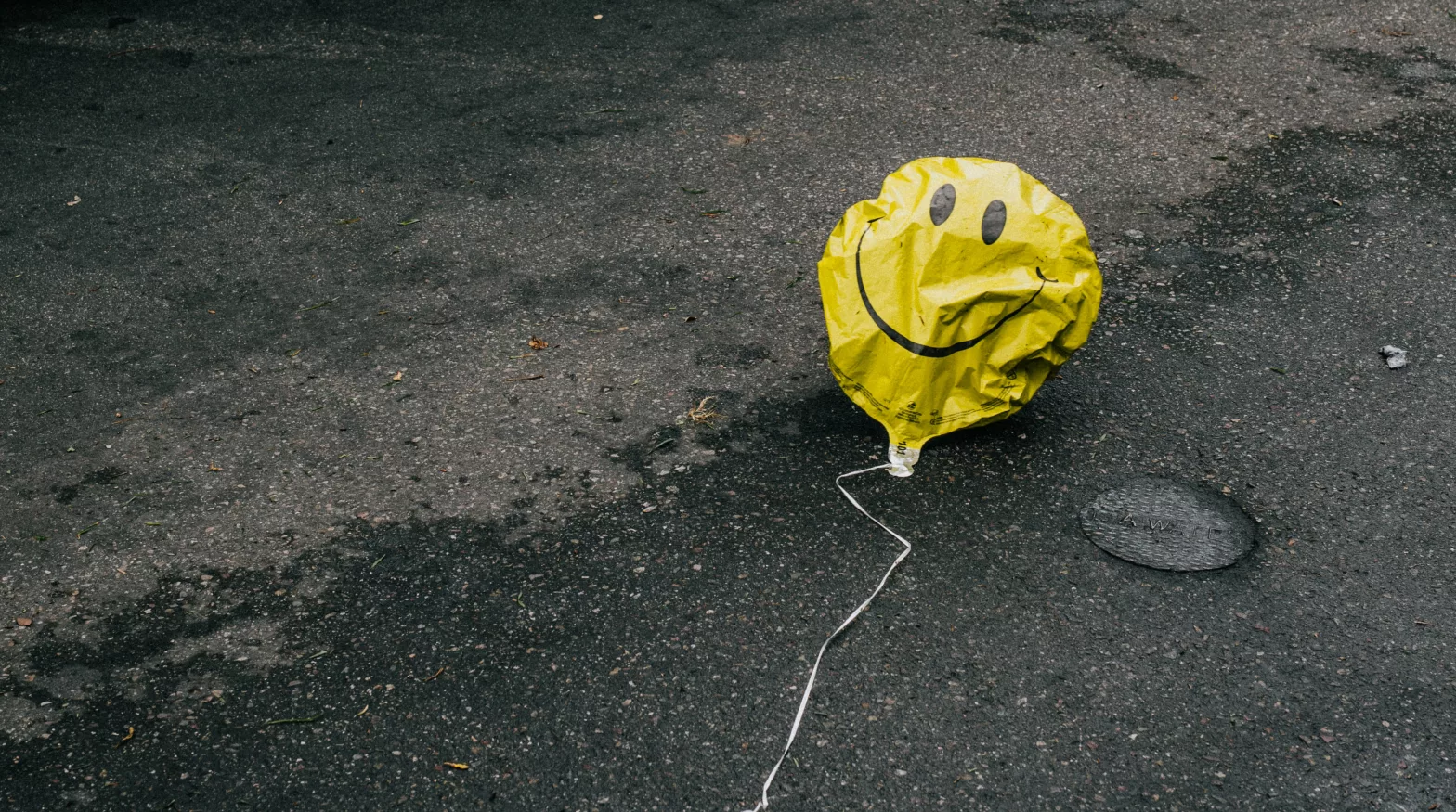Here’s how your team can manage the chaos of holidays, inflation, workplace burnout and end-of-the-year deadlines and roll into 2023 with optimism.
We talk about the holidays and the end of the year as a joyful time of giving and gratitude. But we’d be kidding ourselves if we didn’t also say it’s a time of stress.
Business leaders and their teams are dealing with the fallout of midterm elections, labor shortages, supply-chain shortages, raging inflation and concern about the future. Employees, meanwhile, are dealing with rampant exhaustion. They’re working longer hours with fewer people, and as a result, workplace burnout and “quiet quitting” remain pervasive.
A December poll from the American Psychiatric Association found that a third of Americans expected to be more stressed out this holiday season than last year. At work, the pressure mounts with longer hours and fewer people to do the work: at least 62% of employees reported high stress levels, with extreme fatigue and feelings of being out of control, according to the 2022 ComPsych StressPulse Report. The report found workload as the key cause of stress for 41% of workers.
While exhaustion may linger and the task list is long, don’t lose hope yet. With a little planning and diligence, you can infuse energy for that final push of the year and rally excitement about what’s to come in 2023. We rounded up 7 ways to do just that.
1. Celebrate your 2022 wins
A key way to boost 2023 hopes? Acknowledge all your wins and milestones this year. It’s a good idea to reward people with a planned event, whether it’s a holiday party, team vacation or team lunch, says Nizel Adams, CEO of Chicago IT consulting firm Nizel Corporation. Not only will it allow people time to wind down and escape the stress of year-end deadlines and the chaos of the world, coming together and talking about wins can strengthen teams and provide motivation moving into the new year.
Everything you accomplished this year will lead right into future goals, strategies, and plans for next year, says Laura Mills, head of early career insights at Forage, an ed-tech startup that helps young people find jobs.

2. Pause, reflect and organize
While leaders may be under the gun to complete projects and year-end deals, it’s smart to take it slow. It is important to pause, take a breath, and refocus, says Mills. “Some things aren’t a top priority and can wait until 2023, so give yourself grace to make a judgment call and reposition,” she says.
Organize your workload to ensure your teams can complete higher priority tasks and don’t have to rush it before the year’s end, and try not to add more to peoples’ plates, says Adams. Plan reflection and feedback meetings to determine what needs to be changed going into the next year.
“Employees like to be heard, so listen to them,” says Adams. “Take in their feedback and add what makes sense to your business culture goals for the future.”
3. Get good sleep
End-of-the-year deadlines and holiday social commitments can seriously mess with our sleep routines—and research shows that a good night’s sleep can be key to productivity, mood and overall health. During the holidays, 38% of people get less sleep than needed —five or six hours a night, compared to the recommended seven or eight hours, according to a 2022 survey of 2,240 people by Sleepopolis, a mattress review site. And 18% of people get just three to five hours of sleep during the holiday season. But the less sleep you get, the more stressed you become.
Snappy, an online gifting platform, implemented its “Snappy Sleep Series,” in which a professional psychotherapist gave the team weekly techniques and strategies to rejuvenate and sleep better. The sessions included moving breathwork exercises to help “shake out” the stress, followed by a calming guided meditation and breathwork, says Natalie Rosenthal, who leads the New York City company’s employee engagement. Leaders had everyone practice what they learned during short midweek breaks and reminded them to connect to their breath and reduce stress.
4. Take 10-minute breaks
Taking small steps to manage mental and physical well-being feels like a no-brainer, but it’s hard to do this time of year. Taking just 10 minutes a day, however, can make a big difference in your productivity, stress level and cognitive sharpness.
One study showed that workday exercise improves well-being but also showed a 72% improvement in time management and workload completion. It doesn’t have to be much movement to get the benefits: research found that just 10-minutes of physical activity can boost mental performance.

In the same vein, a 10-minute meditation can be equally helpful to manage stress. Studies found that just 10 minutes can improve cognitive performance and productivity—not to mention it calms the hamster wheel of thoughts in our minds that can lead to feelings of being overwhelmed. It might even make you nicer.
It’s easy for leaders to talk a good game about health and balance with their employees. But they must walk the walk and take steps to manage their own stress, too. “The old adage ‘Put your oxygen mask on before assisting others’ applies well when it comes to handling end-of-the-year stress,” says Mills. “If you devote time to working on yourself, you can be at your best to handle obligations.”
5. Share your vision for 2023.
Ambiguity can add to workers’ stress. Fortunately, December generally dovetails with strategic planning—and an organic opportunity for leadership at the company and department levels to share (or reinforce) their vision for the future, says Mills. What changes might be imminent? What challenges are you expecting to face in the coming year?
More importantly, what are your plans for tackling them? Allow employees to ask questions that might be weighing on their minds about the state of the business, Mills says. Transparency can go a long way toward making them feel more confident and positive heading into the new year. Where it makes sense, giving teams time and space to contribute ideas to strategic planning will go a long way toward creating a culture of inclusiveness.
6. Set clear expectations.
Communicate with your team about your expectations on how you’ll accomplish goals both personally and together as a team, says Brooks Scott, CEO of Merging Paths, an executive coaching firm. With most clients, he focuses on creating boundaries, expectations and creative space for teams and setting up a process for people to know exactly where they stand at all times. “It can be a very exciting thing if everyone knows exactly what they need to do to be successful,” he says.

7. Focus on people over productivity
In 2023, we’ll likely see continued labor shortages, workplace stress, burnout and economic and political uncertainties. To inspire optimism, smart leaders will focus on the human side of their teams this coming year, versus just output, says Scott.
“It’s the responsibility of managers to pay attention to the news, and what’s happening with politics, what’s happening around the world,” Scott says. Those events—whether it’s hate crimes, election results or issues like Roe vs. Wade—can trigger sensitivities and stress in the workplace.
It’s a good idea for leaders to get interpersonal communication training for navigating sensitive conversations, de-escalating emotions, and conflict resolution. “It’s no longer about operational and technical knowledge,” says Scott. “It’s also about people skills.”
By keeping in mind the people on which they depend, leaders can close out 2022 strong and roll into next year ahead of the game—and hopefully with more calm and confidence.
